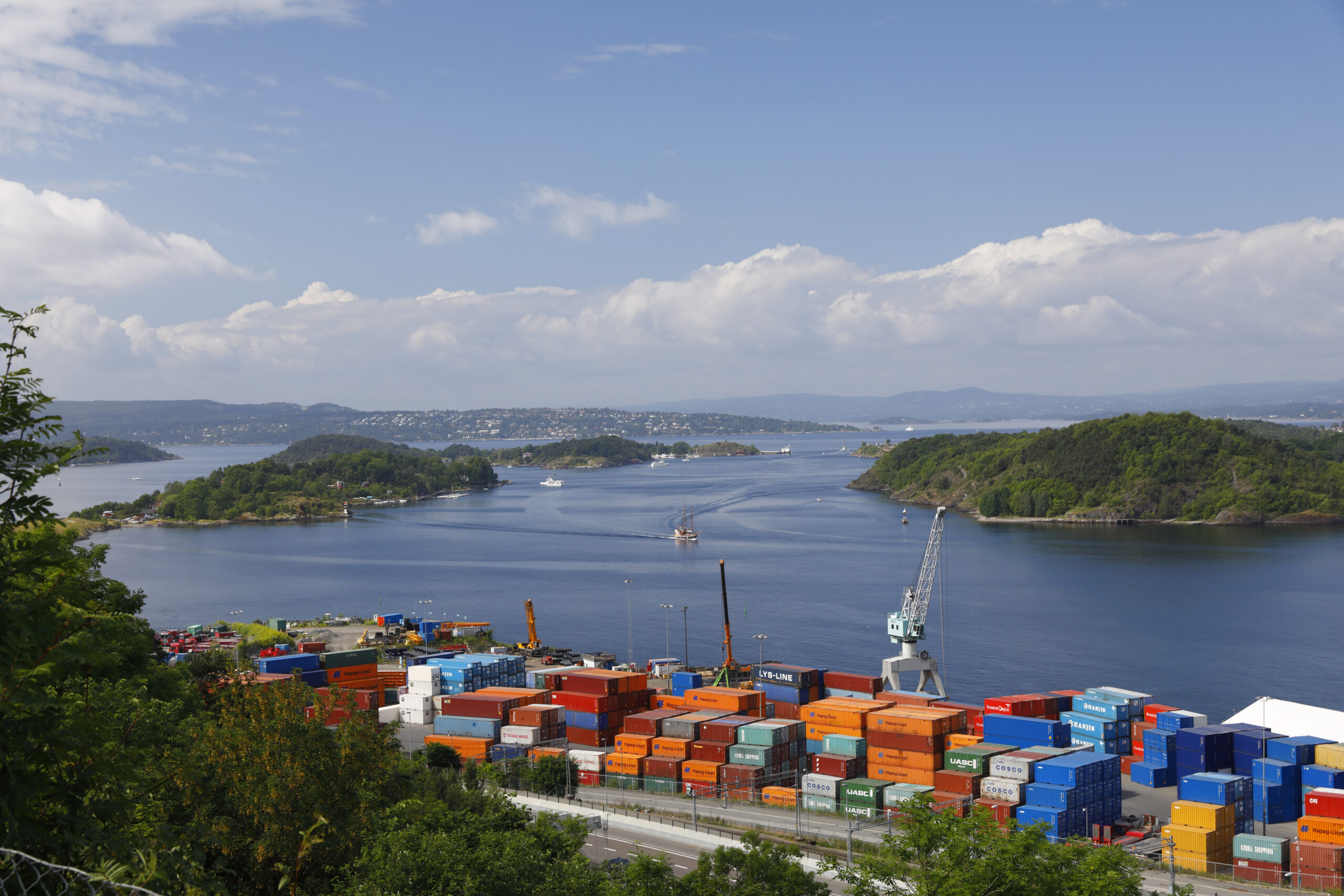Norway is one of the happiest countries in the world, with a per capita GDP of over 100,000USD.
Nordea Bank predicts “better times ahead for both the Norwegian economy and the housing market,” in spite of global challenges like inflation.
So, what does Norway have to do with my work? What does any of this have to do with developing economies?

Development professionals are encouraged to look to “near peer” nations for solutions—and I will always champion that approach.
We can also look for “aspirational peers,” countries whose success we want to replicate, even if we’re not there yet.
Looking at the Norwegian economy, it’s easy to identify key reasons for their success: natural resources and a long history of investments in education and social services.
“Norway is now the largest energy provider to Europe and ranks as the 4th largest exporter of natural gas globally,” according to the US ITA. Norway’s merchant shipping fleet is also one of the largest and most modern in the world.
It should be clear that countries like Haiti and the Democratic Republic of Congo have a radically different history with radically different factors impacting potential growth.
Still, Norway’s example demonstrates a few key takeaways that leaders in developing nations need to internalize. In fact, it’s a perfect example of how national governments can apply the principles of OBED, opportunity-based economic development.

First: Norway proves that a strategy of reinvesting revenues from natural resources into social services works. Norway’s success demonstrates why Angola is moving in the right direction (as I wrote about in an earlier post).
Norway was able to transform its natural resources into new marketable opportunities by first investing those profits, then reinvesting any returns into social services. Doing so leveraged the country’s comparative advantages to foster an opportunity-generating economic environment.
A second key takeaway: Long-term investments in education and social services are necessary to create an active, vibrant labor force that generates growth both through productivity and consumer spending.
The OECD snapshot for Norway shows an economy that navigated the pandemic better than many other countries. It seems reasonable to attribute some of this success to a well-funded network of hospitals, daycares, hospices, and other institutions that had the resources to respond to the emergency.
Reducing deaths and illnesses from the disease meant that Norwegians got back to work sooner. That success is reflected in its faster post-pandemic growth compared to other OECD countries. All of these successes can be understood as the logical outcome of a sustainable growth strategy.

Countries like DRC might look to Angola, but countries like Angola can look to Norway—and other high-income countries—to understand how to adapt their strategies going forward. This is especially important as living standards and formal labor force participation improve.
Success stories like Norway provide a clear path to optimizing opportunity, and they can help us avoid certain pitfalls.
Notice that Norway didn’t just sell its oil and invest those returns directly into social services. By first investing in the market, those revenues could support other industries, helping to diversify the economy and protect against cyclical fluctuations in commodity prices. Maximizing these revenues through investment then optimized Norway’s public expenditures.
This is how a country optimizes its economic opportunities. Norway didn’t choose between public investments and public services. They leveraged one strategy against the other to achieve an optimal return.

The next time you’re working on a vicious problem in a developing economy, look to near-peers for solutions, but don’t forget to consider what aspirational peers are doing as well.
Remember a key OBED principle: opportunities must always lead to new opportunities. It’s a “both-and” mindset, not just “either-or.”
Let’s not just try to help developing countries escape poverty.
Let’s help developing nations grow wealth, and happiness, using proven models for success.

One reply on “Norway as a lesson for developing nations”
Lance Durban April 30, 2024 at 12:16 pm
The development of Haiti can only happen by the people IN HAITI. Haitians who have left can help by sending remittances, but their impact on Haiti will be modest in part because those in Haiti are not going to listen to them.
Comments are closed.